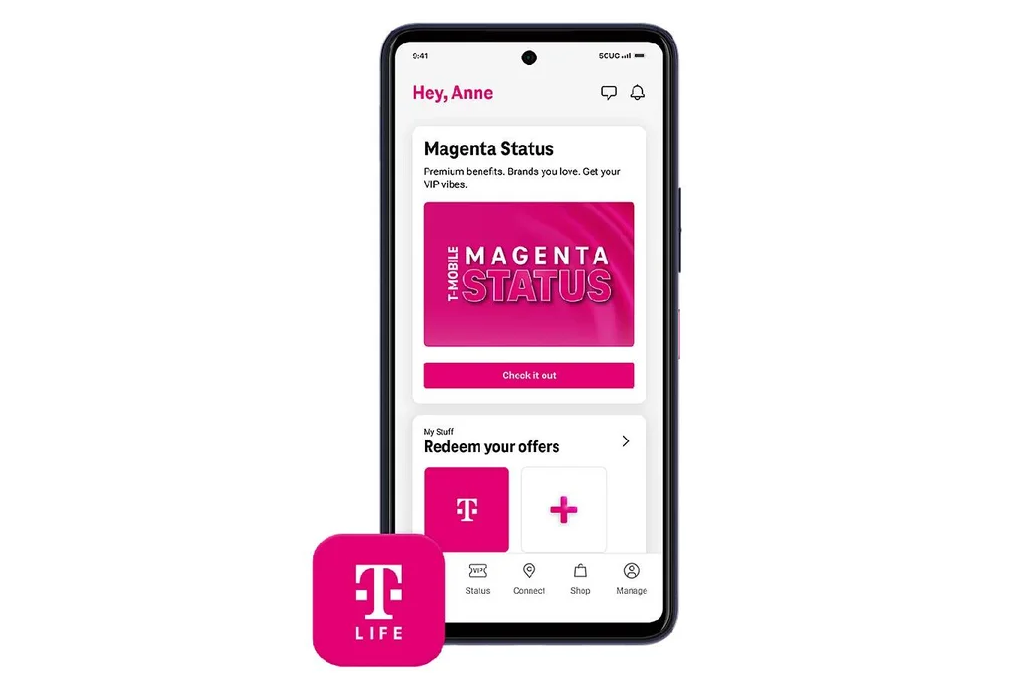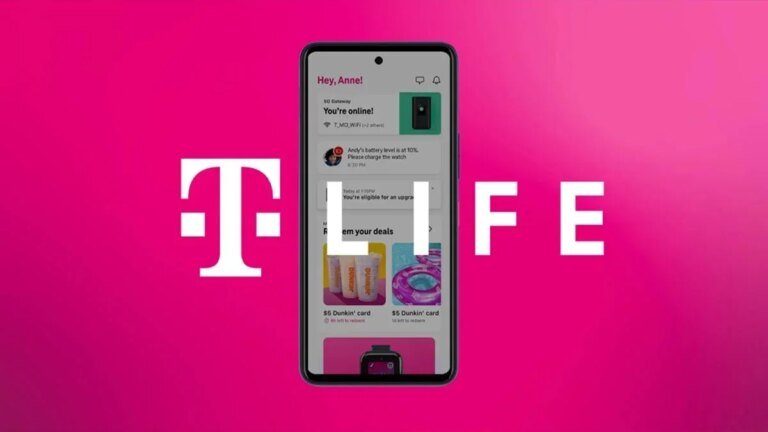Recently, we reported that T-Mobile is pushing customers to its T-Life app by removing other support options. As a result, one of our own internal polls reveals that an overwhelming 75% of you (our readers) think the company is moving way too fast when it comes to pushing T-Life.
What’s going on with T-Life?
If you’re a T-Mobile customer, you’ve been hearing a lot about T-Life. It’s the company’s “super-app,” designed to be the single, all-in-one hub for your entire T-Mobile world. We’re talking account management, bill pay, T-Mobile Tuesdays perks, home internet settings, and even banking.The problem isn’t the idea; it’s the execution. T-Mobile has been aggressively pushing users to the app by systematically removing other ways to get things done. A new report highlighted a perfect example: T-Mobile is now forcing customers to use the T-Life app to set up payment arrangements. The option to simply call customer service or ask for help in a store has been eliminated for this basic task.This heavy-handed approach prompted a recent poll asking if T-Mobile is moving too fast. The results were not subtle. Of more than 2,200 voters, a massive 75.94% said “Yes.”
Why is this such a big deal?
T-Mobile’s T-Life app. | Image credit — T-Mobile
Forcing your entire customer base onto a new platform is always going to be a bumpy ride. But it’s a full-blown disaster when that platform is buggy, unreliable, and frustrating to use. And that seems to be the consensus on T-Life. Users and even
T-Mobile employees have described the app as a clunky, confusing mess plagued by login failures, crashes, and a slow interface.
This all-in-one strategy is T-Mobile’s big play to get ahead. Look at the competition: the My Verizon app is a functional, if somewhat basic, portal for managing an account. T-Mobile tried to leapfrog that model by building a single app that does everything, but it feels like they couldn’t get all the way to the finish line.
This is a classic corporate move. The goal is clearly to cut operational costs—fewer call center representatives, less in-store support staff—by pushing everyone to a “digital-first” solution. The problem is T-Mobile is doing it by shutting down functional, human-backed support systems and replacing them with an app that feels broken.
This is a textbook case of bad planning
That 75% poll number isn’t just mild annoyance. It’s a massive red flag that shows a complete disconnect between
T-Mobile’s internal goals and the actual customer experience.
I get the idea of a super-app. In theory, managing my plan, perks, and payments in one spot sounds convenient. But T-Mobile is handling this rollout in the most anti-consumer way possible. They are taking away reliable support options from everyone—including people who might be less tech-savvy or are simply in a hurry and need help now.
It’s a “cart before the horse” problem. T-Mobile is so focused on its end goal (a streamlined, low-cost digital system) that it’s apparently willing to alienate its customers to get there. They should have perfected the app first. Then, they should have incentivized users to switch, not punished them for failing to use a product that isn’t even ready.




